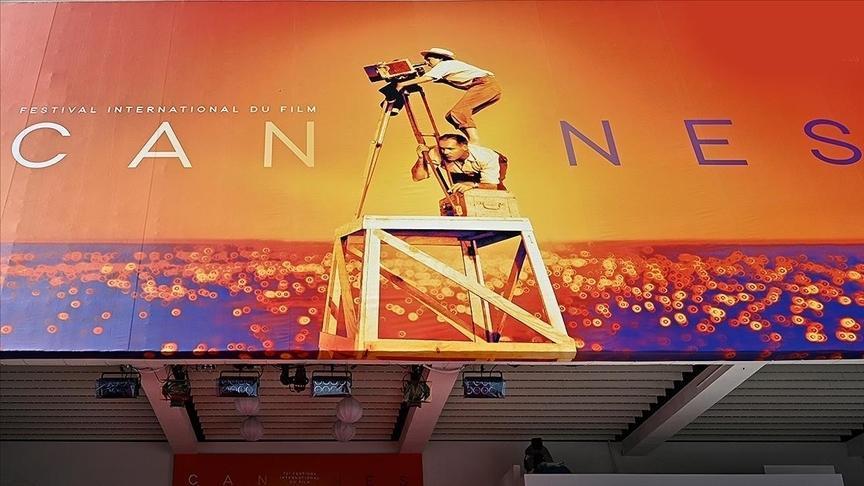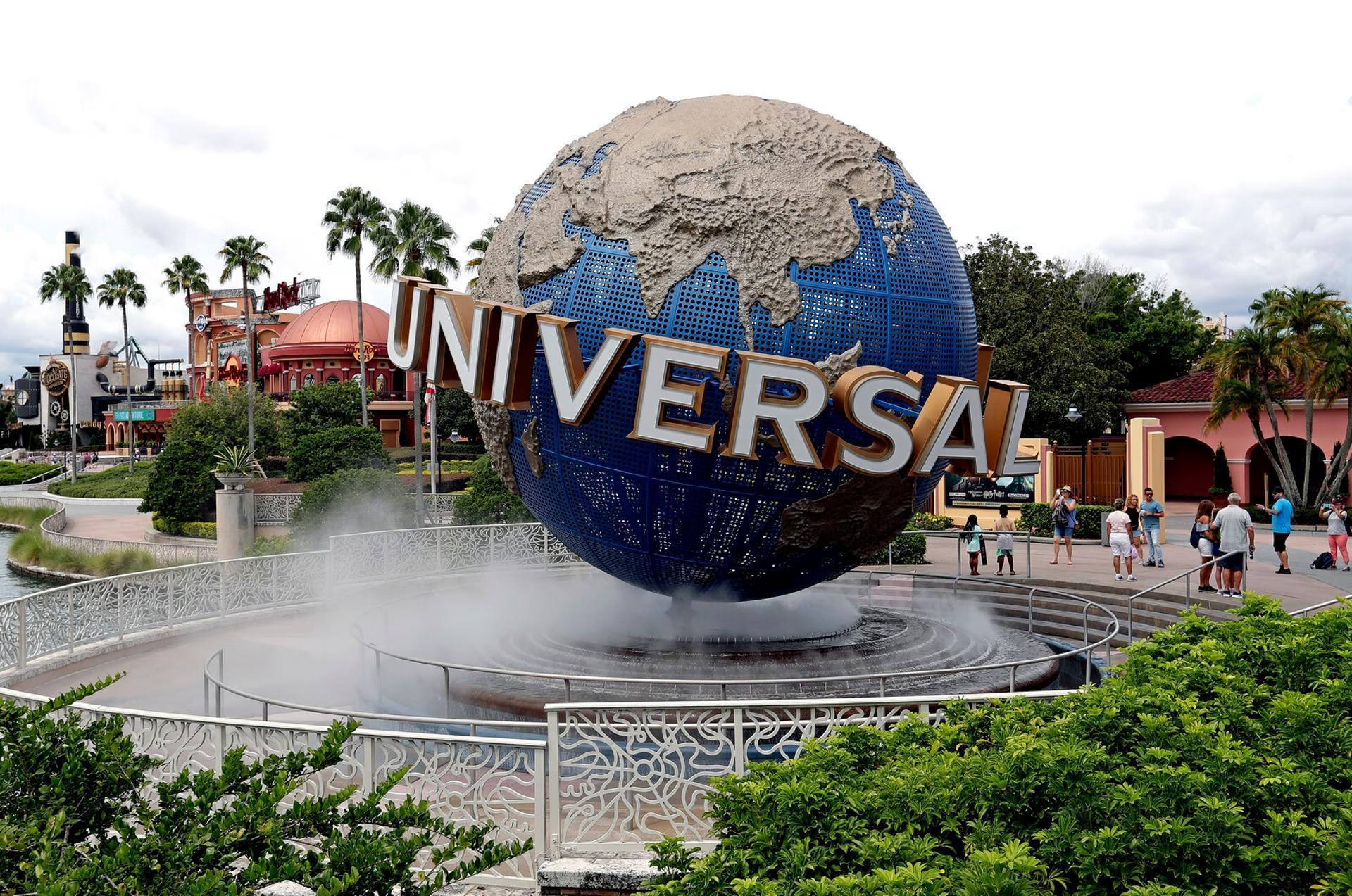The world’s weirdest currency regime
I have had my share of experiences with currency regimes. If nothing else, living in Turkey has offered several opportunities.
I grew up in a dollarized economy in the 1980s and early 90s, where we paid our rent with the greenback. When the lira depreciated sharply in 1994, we had to renegotiate with our landlord and ended up paying in liras. At the time, a significant part of deposits was in dollars and the now-defunct German marks.
At economics classes, I was taught (and then taught myself) that many countries with floating exchange rate regimes actually managed their currencies. But I had never heard of one that had de facto fixed the exchange rate until the Central Bank of Turkey did exactly that from early 2012 until the end of May.
Unsurprisingly, foreign currency (FX) debt surged. Once people realized, during this past summer, that the Bank was unwilling, or rather unable, to keep the exchange rate fixed and defend the lira, FX deposits started to rise, bringing back not-so-fond memories from two decades ago.
I have also met weird currency arrangements during my travels. In South America, the greenback is widely-accepted, but in Ecuador, it is the official currency. In Argentina, thanks to currency controls, there are two exchange rates: While one dollar was officially equal to five pesos when I visited the country in mid-February, the black market “blue” exchange rate was 7.7. Having dual exchange rates is quite high up in the weirdness scale, but it cannot compare to the dual currencies of Cuba, where I am spending my Eid vacation.
While most wages and prices are in Cuban pesos (CUPs), 24-25 of which would get you an American dollar, the tourism sector operates with convertible pesos (CUCs), which are on par with the greenback. This dual system was created when, desperate after the Soviet Union (and its support) crumbled, Fidel Castro reluctantly opened the island to tourism.
To confuse matters more, one CUP is equal to one CUC for state companies. This means CUCs are not freely convertible, but the system is still causing a wide inequality that has no correlation with skills or education. Anyone who can get hold of CUCs by working in the island’s tourism or burgeoning private sectors would easily earn the average monthly wage of $20 in a day. As a result, it is normal to see doctors or lawyers driving taxis.
The solution is simply to unite the two currencies. In fact, President Raul Castro made currency unification the centerpiece of his Parliament address back in July, declaring that the dual currency was “one of the most important obstacles to the nation’s progress.” But devaluing the CUC and revaluing the CUP would trigger inflation as well as boost import demand. Therefore, Cuba chose a gradual approach by starting a pilot program in certain sectors at a 10-to-1 exchange rate to the dollar.
I will be sharing more intricacies of the Cuban economy on Friday. In the meantime, enjoy the long Eid vacation if you are living in a Muslim country.










